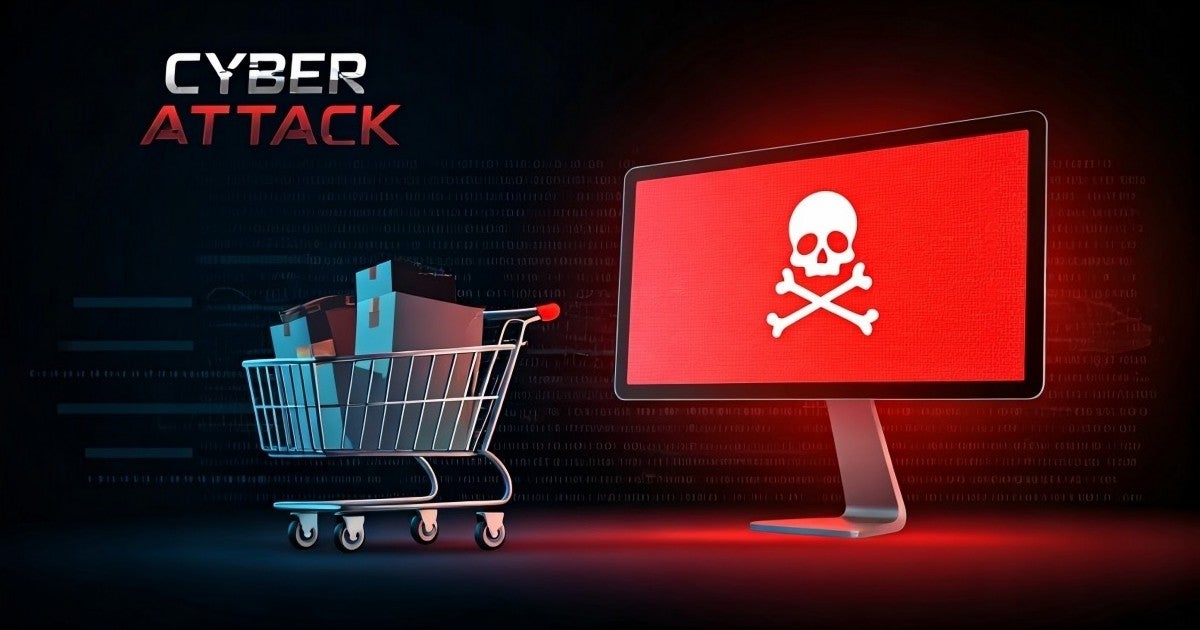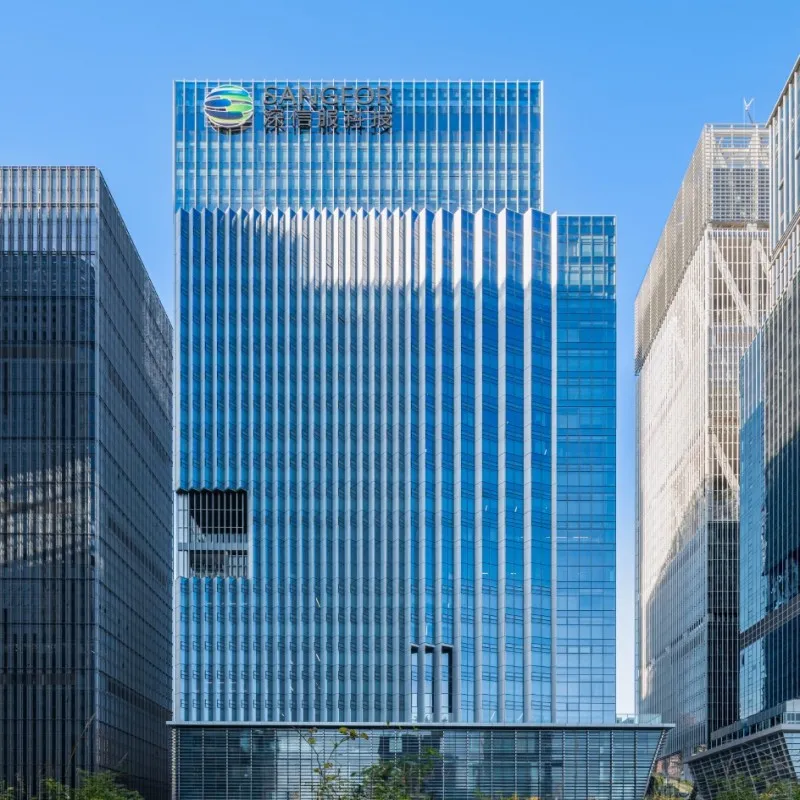What Happened to Marks & Spencer
In April 2025, Marks & Spencer (M&S)—a leading UK retail chain—was hit by a major cyberattack. The company had to suspend online clothing orders and gift card services. Initially thought to be a technical error, the issue was later revealed to be a third-party breach caused by a vendor compromise.
The breach has become one of the most disruptive incidents in retail cybersecurity this year. It’s also a sharp reminder of the growing risk companies face when relying on third-party systems and suppliers.
As of May 26, 2025, M&S has started to restore some services. However, BBC reports that customers still face disruptions with order tracking and card redemption. In a public statement, CEO Stuart Machin said the company is “working day and night to manage the current cyber incident and get things back to normal for you as quickly as possible.” TechZine confirms that this could become the most costly supply chain cyberattack in UK retail history.

Timeline of the Incident
- Early April 2025: Customers reported problems placing orders and using gift cards on the M&S website.
- Mid-April: Complaints grew online as delays continued.
- Late April: M&S confirmed it was the victim of a cyberattack linked to Scattered Spider, a known hacking group.
- May 2025: The cyberattack caused widespread disruptions across M&S's digital infrastructure. Full service recovery is expected by July 2025.
How the Attack Unfolded: A Supply Chain Attack
Hackers didn’t break in directly. They got in through a trusted supplier, making this a supply chain attack.
As reported by the Financial Times, the attackers used social engineering tactics—manipulating human behavior to steal login credentials. With these, they moved laterally through M&S’s systems, bypassing internal security.
Despite M&S’s investment in cybersecurity, the weak link came from outside its core infrastructure.
Business and Financial Consequences
The effects were immediate and severe:
- Digital operations were halted, including online shopping and digital gift cards (BBC).
- In-store operations were impacted, particularly contactless payments and stock fulfillment (Yahoo News).
- Estimates from TechZine put the financial cost at £300 million in lost revenue.
- According to The Standard, M&S’s market value dropped by £750 million within days.
These figures highlight the incident’s significance in the broader context of global cybersecurity.
Customer Data and Privacy Risk
M&S also confirmed that some customer data was accessed in the attack. According to a BBC follow-up, data included names, emails, and birthdates, though payment information was reportedly unaffected. M&S contacted affected individuals to inform them of the attack and advised them to reset their passwords accordingly.
Investigations and Regulatory Oversight
The UK National Crime Agency is investigating the Marks & Spencer cyberattack. The suspected group, Scattered Spider, is known for previous ransomware campaigns against enterprise vendors.
As investigations continue, Marks & Spencer may face several regulatory and financial repercussions:
- Fines under the UK GDPR, the United Kingdom’s post-Brexit version of the EU General Data Protection Regulation, due to the confirmed exposure of personal customer data.
- Scrutiny under PCI DSS, given the involvement of transactional systems and digital services.
- Insurance recovery, as M&S holds cyber insurance coverage of up to £100 million and may seek to claim part or all of that amount, according to The Times.
Retail Cybersecurity Lessons from the M&S Breach
The Marks & Spencer breach offers more than headlines — it provides five critical lessons for any organization operating in today’s digitally connected retail environment:
1. Third-Party Risk Is Strategic Risk
Vendors and suppliers are not just operational partners — they’re extensions of your digital infrastructure. If their security posture is weak, so is yours. Businesses must go beyond one-time assessments and implement continuous third-party risk monitoring, enforce clear SLAs, and ensure breach notification obligations are built into every contract.
2. People Are Still the Easiest Entry Point
Despite millions spent on technology, a single well-crafted phishing email remains one of the most effective attack vectors. The M&S case underscores the need for ongoing security awareness training, simulated attacks, and stronger verification controls — especially when dealing with external communications and privileged access.
3. Downtime Hurts More Than Data Theft
The M&S attack didn’t just risk customer data — it caused weeks of operational disruption. For modern retailers, the digital storefront is the front line of business. Service outages damage revenue, break supply chain flow, and push customers to competitors. Cyber resilience must prioritize uptime as much as data protection.
4. Incident Response Must Account for Supply Chains
Most incident response plans are built around internal system failures or direct breaches. That’s no longer enough. A robust plan must include vendor coordination protocols, shared responsibility models, and pre-established communication workflows to manage third-party breaches swiftly and transparently.
5. Reputation Is a Strategic Asset — and a Liability
Consumers may tolerate occasional delays, but sustained outages and silence damage brand trust fast. M&S’s recovery efforts show the need for proactive communication, customer support contingencies, and executive-level visibility into cybersecurity incidents. Reputation management is no longer a PR issue — it’s a core security objective.
How Businesses Can Protect Themselves
Companies can defend themselves from future third-party breaches through:
- Regular vendor risk assessments
- Implementing Zero Trust architecture
- Restricting access using least-privilege principles
- Real-time monitoring via NDR and EDR solutions
- Phishing simulations and security awareness training
No single fix is enough—but layered defenses and smart policies help reduce the odds of a breach.
Final Thoughts on the Marks & Spencer Cyberattack
The Marks & Spencer cyberattack is a powerful reminder that even well-established, security-conscious organizations are vulnerable when external partners are compromised. As digital ecosystems grow more complex, attackers are increasingly targeting vendors, service providers, and software dependencies as entry points.
This incident reflects a broader shift in the nature of cyber risk—one that turns traditional perimeter defense into just one part of a much larger security equation. For companies in the retail sector and beyond, the breach underscores a hard truth: cybersecurity resilience is no longer just about protecting internal assets—it’s about securing every link in your supply chain.
Organizations must now treat third-party risk, supply chain attack preparedness, and incident response integration as board-level priorities. The cost of failing to do so is no longer theoretical. It’s measurable in lost revenue, lost trust, and lost competitive advantage.
Frequently Asked Questions
A third-party breach involving a vendor allowed hackers to access internal systems using social engineering.
Yes. According to BBC, names, emails, and dates of birth were exposed. Payment data was not confirmed as affected.
TechZine estimates the loss at £300 million.
According to The Independent, Marks & Spencer has said disruption from the cyber attack is expected to continue through to July.
It’s an attack that exploits weak links in a vendor or partner. This type of retail cybersecurity threat is rising globally.
Strengthen vendor oversight, enforce security policies, train teams, and plan for third-party breach scenarios. Prevention is cheaper than crisis response.





